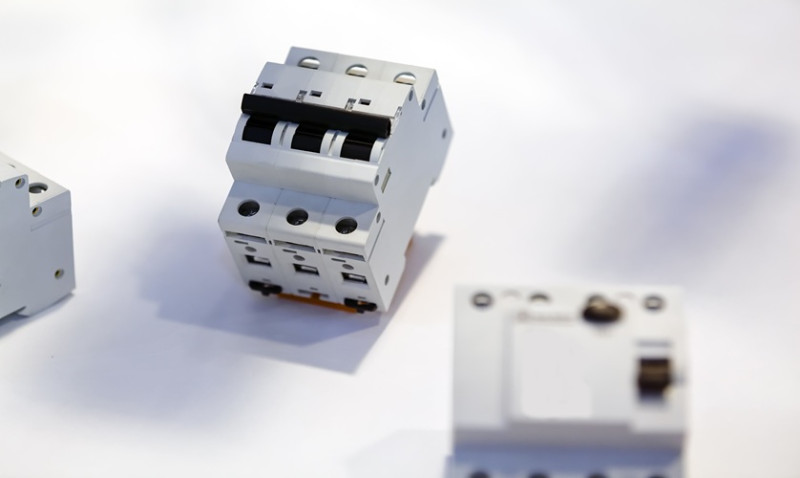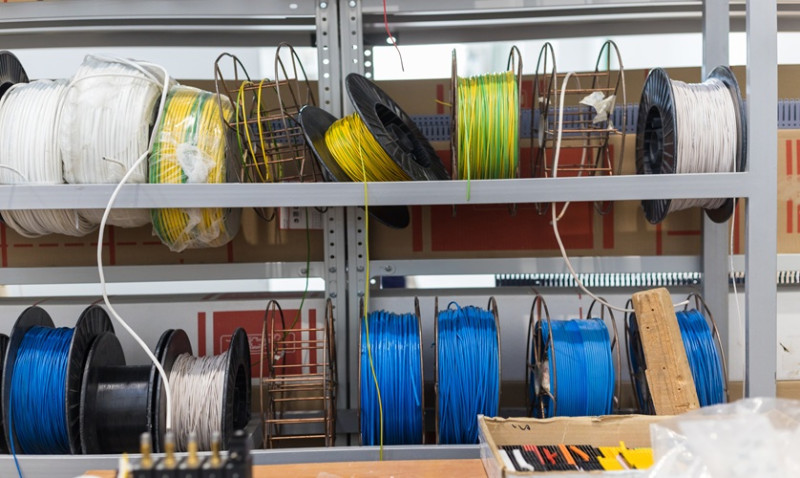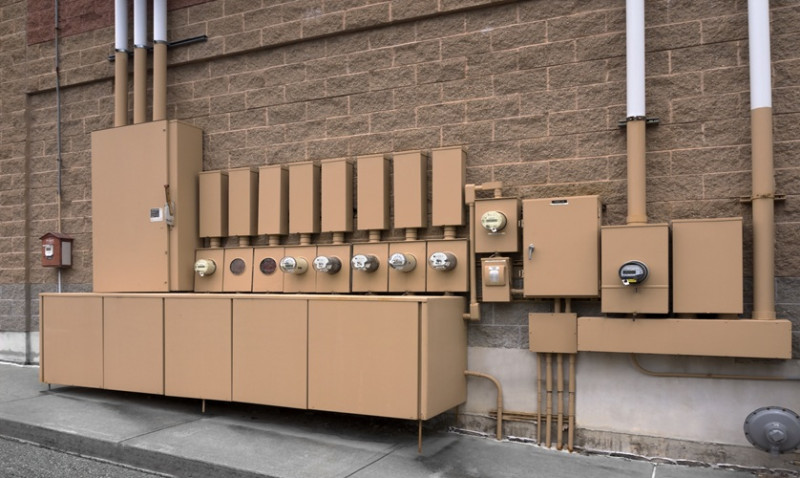
If you’re upgrading your home’s electrical system or planning a renovation, you’ve probably come across the term AFCI protection. Whether you’re a DIY enthusiast, a young professional improving your first home, an architect designing to current standards, or a tradesperson looking to stay compliant, understanding Arc Fault Circuit Interrupters (AFCIs) isn’t just useful—it’s essential.
While AFCI protection has been part of the electrical code in the United States for some time, awareness and uptake in the United Kingdom is growing as homeowners and industry professionals put more focus on safety, technology, and future-proofing properties. So, where do you need AFCI protection, and why is it so crucial?
What is AFCI Protection?
An Arc Fault Circuit Interrupter (AFCI) is a safety device designed to detect and interrupt arc faults—unintentional electrical discharges that generate heat capable of causing fires. These arc faults often occur in damaged or deteriorated wires, loose connections, or faulty appliances. Traditional circuit breakers or RCDs (Residual Current Devices) often don’t detect these types of faults, which is why AFCIs were developed.
Arc faults typically happen in hidden locations such as inside walls or behind outlets, making them difficult to detect without specialised equipment. Over time, even slightly damaged wires can result in arcing, and the high temperatures produced can easily ignite nearby materials such as insulation or wood framing.
AFCIs are designed to sense these arcing conditions and shut down the circuit before the fault can cause an electrical fire. This makes them a smart complement to your existing circuit breakers, offering an extra layer of protection, especially in living spaces.
Where is AFCI Protection Required?
Currently, AFCI protection is not mandatory under the UK’s BS 7671 wiring regulations for every branch circuit, as in some other countries like the US. However, the 18th Edition of the IET Wiring Regulations (BS 7671:2018, Amendment 2, 2022) does strongly recommend their use in certain situations and locations where the risk of arc faults is higher.
AFCI devices are particularly recommended in the following locations:
- Bedrooms: Bedding, curtains, and other flammable materials make these areas high risk in the event of arcing near outlets or lamps.
- Living rooms and lounges: These are often packed with electronic devices, entertainment systems, plugs, and extension cords, making them susceptible to arc faults.
- Home offices and studies: With the rise of remote work, many homes now feature permanent office setups that may overload existing circuitry without owners realising it.
- Hallways and corridors: Wiring in long runs, as often found in corridors, may suffer wear over time from vibration or movement from adjacent rooms.
- Renovated properties: When working on rewires or upgrades in older homes, adding AFCIs to areas with unknown or ageing wiring is a proactive safety choice.
Although not legally mandated in every case, many architects and electrical designers opt to include AFCIs as part of future-forward designs to offer the highest levels of safety to homeowners and tenants.
Why Do We Need AFCI Protection?
The main reason for installing AFCI protection is fire prevention. According to several safety organisations, arcing faults are one of the leading causes of electrically-related house fires. These fires can smoulder undetected until it’s too late—often starting behind walls or under floorboards.
In newly built or rewired homes, modern electrical loads (such as computers, flat-screen TVs, mobile chargers, and LED lighting) introduce unique electrical patterns that can increase the likelihood of arcing if connections loosen or become faulty.
AFCIs detect the specific signature of an arc and instantly cut power to prevent it from escalating into something more dangerous. Unlike traditional breakers that only trip on overload or short circuits, AFCIs are made to sense these subtle, high-risk conditions early on.
For property owners and landlords in the UK, fitting AFCIs can demonstrate a commitment to high safety standards. This can be especially beneficial for landlords following the Housing Health and Safety Rating System (HHSRS) or those aiming to secure long-term tenancies in safe, high-spec buildings.
Types of AFCI Devices Available
There are several forms of AFCI protection, and the most suitable type depends on your electrical layout and intended usage. Here are the main types:
| Type of AFCI | Description | Best Suited For |
|---|---|---|
| Combination AFCI Circuit Breaker | Protects the entire circuit, including wiring and connected devices | New builds or full rewires |
| AFCI Outlet (Socket-integrated) | Protects only devices connected to a specific outlet and sometimes downstream outlets | Retrofits or targeted upgrades |
| AFCI/RCD Dual Function | Combines arc fault and earth leakage detection | Bathrooms, kitchens, or damp environments |
Upgrading your consumer unit with combination AFCI breakers is the most comprehensive solution, while socket-based AFCIs offer an easy retrofit option for DIYers and tradesmen working on spot renovations or minor upgrades.
Is AFCI Protection Worth It?
While not currently a compulsory requirement in most UK properties, many homeowners, designers, and electricians are choosing to install AFCI protection voluntarily. It’s a relatively small investment that can significantly reduce the risk of house fires and long-term damage.
For DIY enthusiasts, AFCI protection adds peace of mind when installing new sockets, moving lighting points, or modifying circuits. It’s especially valuable in children’s bedrooms, nurseries, or where sockets are used heavily for appliances or charging ports.
From an architect or interior designer’s point of view, specifying AFCI protection can differentiate a premium residential or commercial project, showcasing an advanced understanding of safety and longevity for future use.
For professional electricians and tradespeople, offering AFCI installation can elevate your service offering and make you a go-to expert for modern, code-conscious clients. More insurance companies in the UK are also starting to look favourably on AFCI-equipped properties, which could eventually impact insurance premiums and cover terms.
Conclusion: A Proactive Step Toward Safer Homes
As technology advances and homes become more connected, the risk profile of domestic electrical systems changes. Higher reliance on electronics, chargers, and complex lighting setups calls for an upgraded approach to safety—and AFCI protection is a critical piece of the puzzle.
Whether you're a homeowner bringing your 1930s terrace into the modern era, a designer working on luxury flats in London, or a tradesman rewiring a client’s kitchen extension, AFCIs make sense. They deliver real-world safety benefits that go beyond code compliance and help protect the lives of everyone under your roof.
Next time you’re planning an electrical upgrade or extension, ask your electrician about AFCI protection—it might just be the smartest decision you make for your home's safety.







